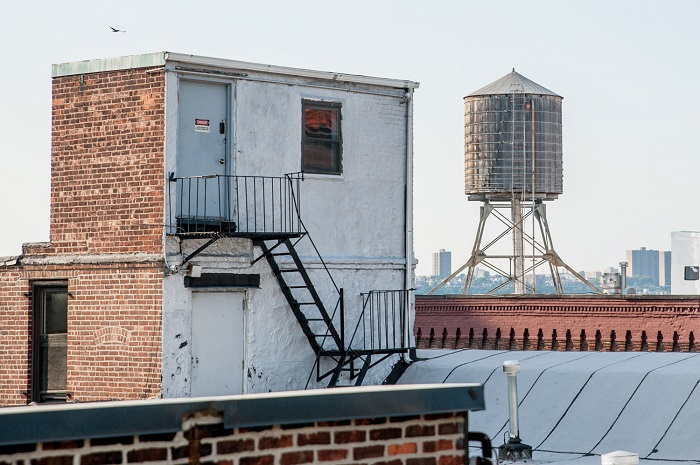New York water towers: history and unique features

New York has many iconic buildings and structures. One of these structures is water towers. They moved from the usual role of technical structures to a symbol of the city. You can read more about these local attractions on NYCity Media.
Features of the water supply of the metropolis
Residents of the city receive the bulk of the water in the city water supply system from the north of the state. Thanks to the topography, it flows into the lowlands, where the bulk of consumers are located. An important feature of this phenomenon was the flow speed. It gets into the pipes, where the amount of fluid movement and its pressure in the lines becomes such that the water can be raised to the level of the sixth floor without any problems.
However, land in New York is expensive, taller buildings are required, and the problem of elevation was solved by building water towers. More modern technologies have solved the problem of delivering water to the upper floors of skyscrapers, but water towers remain an important component of the system for storing and distributing drinking and firefighting fluids.
Construction of wooden towers
The reservoir where the water enters is created from cedar planks, fastened on the outside with strong steel hoops. The wood further swells and creates a sealed structure that does not require nails, screws or glue.
Wood protects liquids from freezing better than concrete, so the walls of the towers are made relatively thin. Replacing them with concrete would require two-foot-thick walls, making it impossible to place the structures on the roofs of buildings.
The cheapness, simplicity and lightness of their structures have earned them popularity; according to various estimates, there are from 10,000 to 15,000 such towers in New York.
Specialist William Dalton was the first to create such designs in 1866, and in 1895 the business was acquired by the Rosenwach Tank Company. Also in the city system, Isseks Brothers and New York Wood Tank are engaged in the production and installation of structures.
Material and manufacturing features
The towers were generally made of yellow cedar or California redwood. However, these are very valuable tree species and the creation of structures has become very expensive. But according to city laws, buildings must have water reserves in case of fire, so water towers remain in demand.
They can be made of metal, having a layer that resists freezing of water, but in general, wooden structures remain predominant. Elements of water towers are lifted onto the roofs in elevators, or on special lifts if the parts are large, and then assembled at the installation site.
